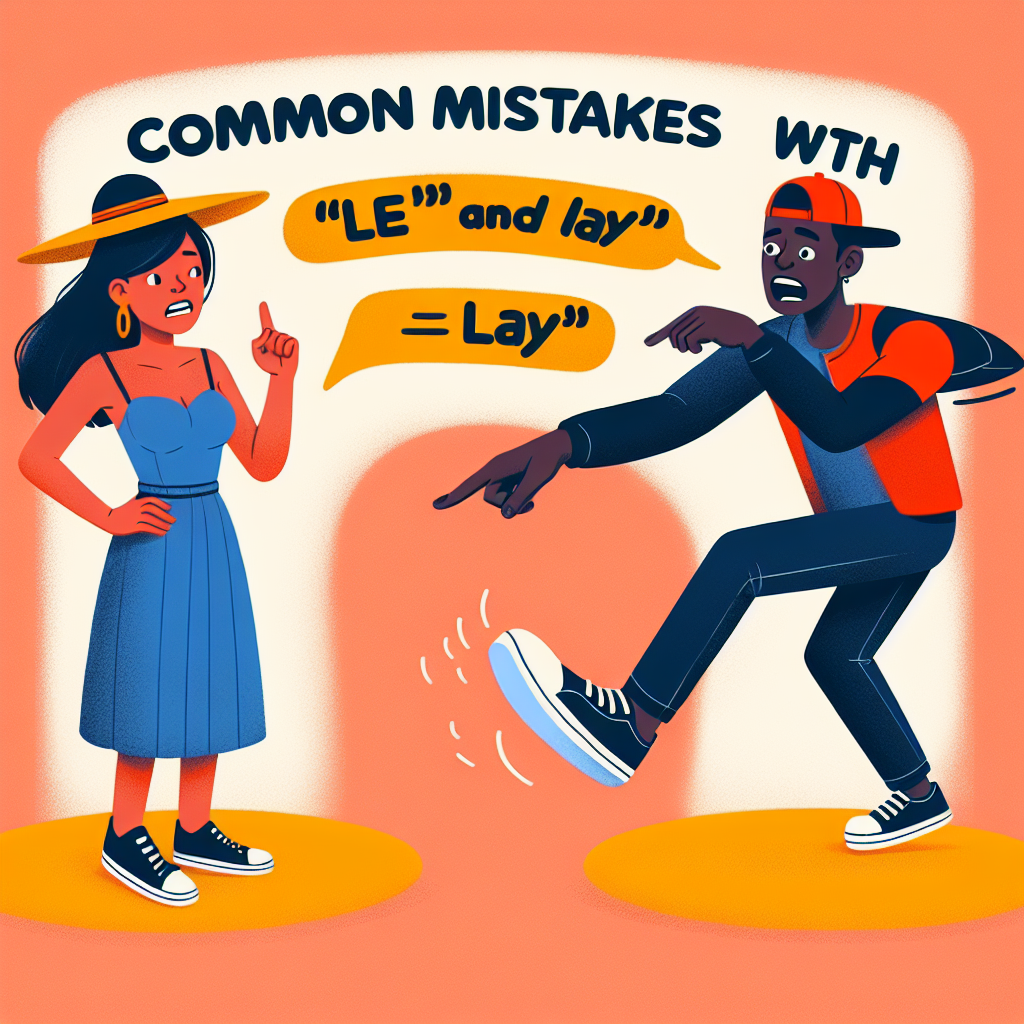Common Mistakes with ‘Lie’ and ‘Lay’
Introduction
Many people find themselves confused when it comes to using the words ‘lie’ and ‘lay’ correctly in sentences. These two words may seem similar, but they have distinct meanings and usage. Understanding the difference between them can help you communicate more effectively in writing and speech.
Lie
The word ‘lie’ is an action that one does to oneself. It indicates that a person is reclining or resting in a horizontal position. For example, “I want to lie down and take a nap.” In this sentence, ‘lie’ is used to convey the action of resting.
Common Mistake
One common mistake that people make is using ‘lay’ instead of ‘lie.’ ‘Lay’ is a transitive verb, meaning it requires a direct object. For example, “I am going to lay the book on the table.” In this sentence, ‘lay’ is used correctly because it is followed by a direct object (the book).
Lay
The word ‘lay’ is used to indicate an action that one does to someone or something else. It requires a direct object to make sense in a sentence. For example, “Please lay the blanket on the bed.” In this sentence, ‘lay’ is followed by the direct object (the blanket).
Common Mistake
Another common mistake is using ‘laid’ instead of ‘lay.’ ‘Laid’ is the past tense of ‘lay,’ not a present tense verb. For example, “Yesterday, I laid the plates on the table.” In this sentence, ‘laid’ is used correctly because it is in the past tense.
Conclusion
In conclusion, understanding the difference between ‘lie’ and ‘lay’ can help you avoid common mistakes in writing and speech. Remember, ‘lie’ is an action one does to oneself, while ‘lay’ is an action one does to someone or something else. Practice using these words correctly to improve your communication skills.
For more tips on improving your writing skills, check out our recent post on Edit Mojo: Tips to Improve Writing Skills.
#Common #mistakes #ʼlieʼ #ʼlayʼ
